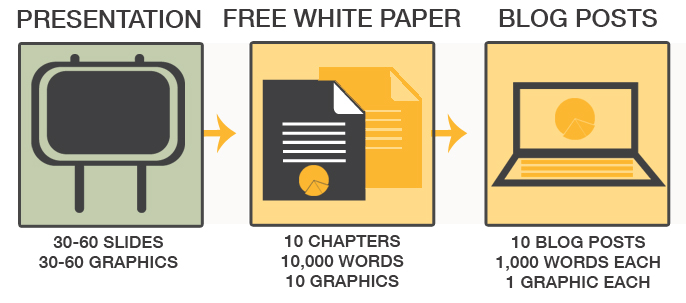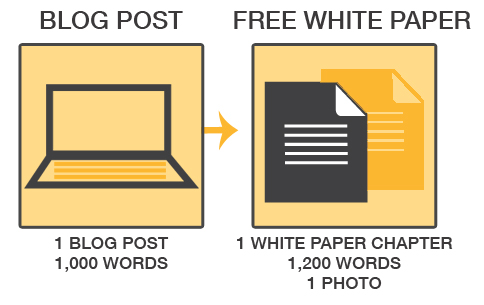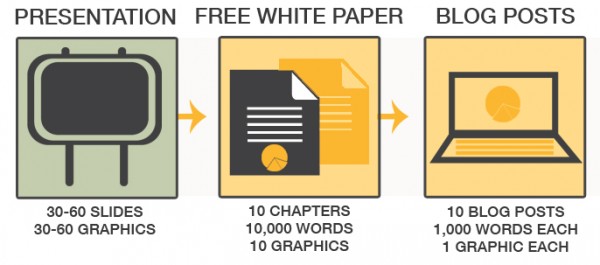
How recycling magazine articles builds email circulation while getting the most bang for your digital dollar
If you publish a monthly magazine and each issue includes 50 articles, you have content for 600 portal posts. That’s almost two years’ worth of daily posts for your portal and even more if you post only five days per week.
Although your magazine content will sit in a member-only editorial archive with past issues of your print content, we suggest recycling that same content by summarizing it and releasing portions of it into your portal to help build circulation.
Some magazine publishers are posting 100 percent of their premium content online, simultaneous with or even before print publishing. This practice has not deterred their ability to sell thousands of magazine subscriptions online, although for niche markets, we often recommend a paid subscription website for premium magazine content.
A sample magazine recycling program might look something like this:

In this example, a magazine article turns into one chapter of a handbook. That one chapter gets turned into an entire free eBook, which then gets disaggregated into several portal posts.
[text_ad]
You could have other variations of this, too; there’s no one model for breaking this up. Another one might look like this:

The magazine article could be turned into a few pages of a handbook, a single chapter of a much shorter free eBook, and finally into a portal post. This model might be for publishers putting out jumbo handbooks and large eBooks but don’t want to give away the cow on their portal.
At Mequoda, we don’t have a magazine, and we don’t sell handbooks anymore. So we do it backward, building as we go. The white paper version of a post for our daily portal is often re-written and buffed up, and any data is refreshed. We usually pair 10-15 portal posts and turn them into chapters of a white paper, and then write the introduction and conclusion.

This process needs to be more methodical than the previous. It requires writing a table of contents for the white paper at least six months ahead of time. For example, if you want to create a 12-chapter freebie, then it requires writing a table of contents for the white paper at least 12 weeks ahead of time.
If you look at it in terms of our content pyramid, where live events are at the top, you could easily transform the magazine recycling model into the event recycling model. You’d replace “magazine” with “presentation” and “handbook” with “slide,” because many of our portal posts also refer to the infographics we present in our Intensive workshops.

And this can be remixed as well, just like every model I’ve mentioned so far.

As you might have gathered, content recycling comes in unlimited varieties. The only thing you need to know is what your strategy is.
So, what works for you? How do you recycle content to get the most bang for your buck? Do you think premium content should stay premium, or do you recycle content and use it to drive email circulation and subscriptions?


